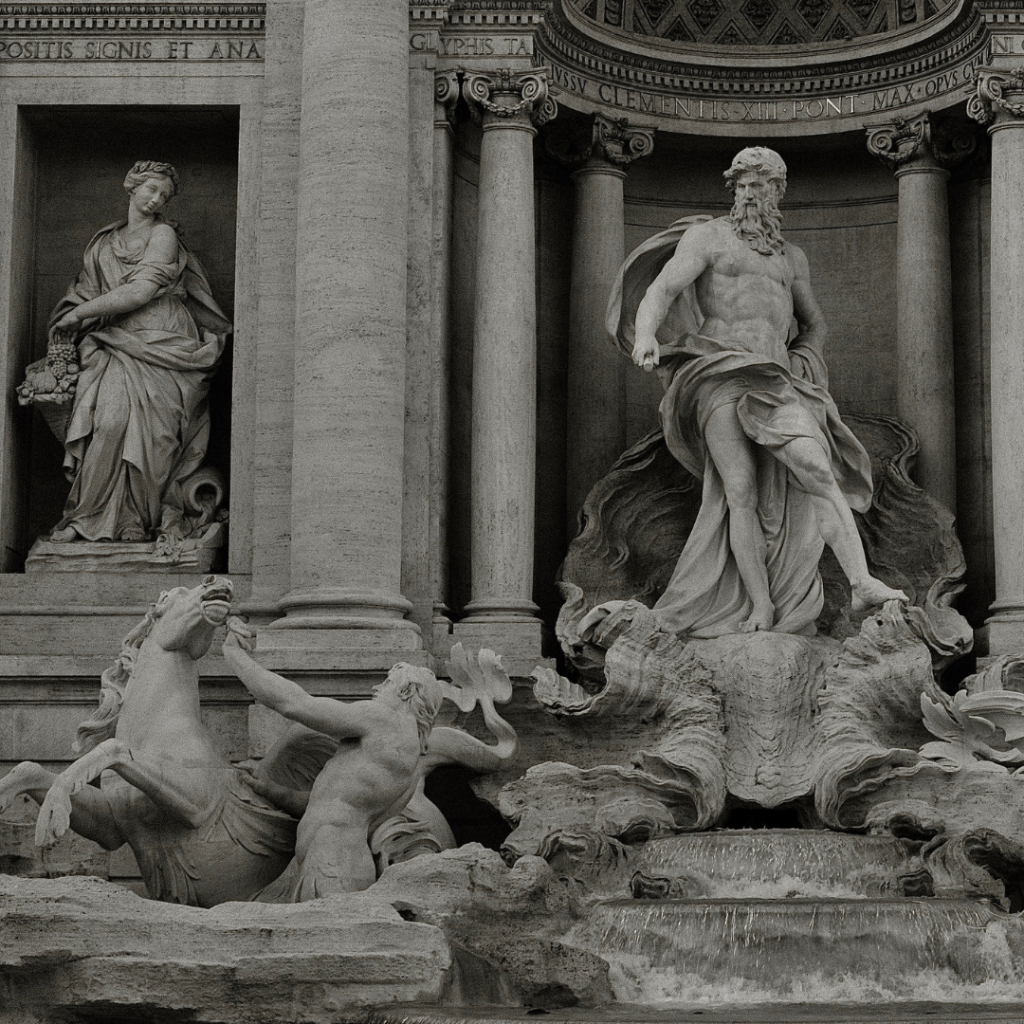Urban design refers to any aspects of city planning and development. Architects, artists, and planners contribute to planning, designing, and implementing urban infrastructure. Sculptures are an important piece of urban infrastructure and are often intended to make a statement (or offer an aesthetic benefit) to a neighbourhood. Some of them are intended as functional public art, while others serve as beautiful, permanent fixtures in an urban space.
Public art can have a powerful effect on a city. It has the power to provoke thought, as well as many emotions. Whether it’s a statue, sculpture, painting or interactive installation, public art can convey emotions that can only be described through a visual medium. This power makes them a common sight in urban areas where thousands of people will be affected by them every day, but each installation holds its own meaning. Read on to find out how different types of sculpture impact the urban consciousness:
Figurative Sculptures
The figurative sculpture refers to art depicting human figures and animals as abstract or realistic depictions. Often, these sculptures are of important historical figures, such as monarchs, democratic leaders, campaigners or creatives. However, they can also be fictional figures and are intended to represent something, like justice, strength or peace. This type of representational sculpture refers to art that depicts human or animal forms but through the lens of a more artistic interpretation.
Decorative Sculptures
Decorative sculptures are artistic works designed to enhance the visual appeal of a space. While critics often view them as art primarily suitable for homes and offices, decorative sculptures have gradually found their place in urban streets and parks. Artists create these sculptures with specific intentions, allowing the general public to interpret them in various ways. Common themes include flowers such as roses, lilies, and Black Eyed Susan Perennial, as well as trees like oaks, willows, and cherry blossoms. These elements are often meant to reintroduce natural beauty into heavily urbanized environments.
Functional Sculptures
The functional sculpture refers to highly stylised everyday objects that serve normal day-to-day purposes. In a public urban setting, this usually includes benches, bins, bollards and streetlights. For a bench to be functional, one needs only to be able to sit on it, but many benches are designed in a way that improves the urban landscape. Similarly, a streetlight needs only provide light, but often they are designed with decorative features intended to enhance the aesthetics of the local area.
Narrative Sculptures
Narrative sculptures include sculptures that tell a story or say something about a character, an event, a place or a time. This is the type of sculpture found in museums that most people are familiar with. By observing the sculpture, members of the general public should be able to piece together the story from beginning to end. The story may be short, but this is a form of interactive art where the viewer has to engage with it to fully understand it.
Abstract Sculptures
Abstract sculptures are often much admired by art lovers, but what exactly qualifies as one? Well, part of your answer lies in what you’re looking at. True, abstract sculptures are sculptures that lack a sense of realism, but that doesn’t mean the sculptures lack shape or dimension; on the contrary, many abstract sculptures can be incredibly detailed and intricate. Ultimately, however, they don’t mean anything at all. Their purpose is totally up to the observer to determine.
Why Are Public Sculptures Important?
Urban sculptures help map our cities. They often represent historical events, social and political movements, or the people and culture of a city. They are often created by celebrated artists, painted, embellished, and added to over time.
Public art is one of the most visible forms of aesthetics, and it’s everywhere. It is all around us, whether it’s on a building, in a park, or on a street corner. They allow individuals to experience history-and, in some cases, gain deeper insight into that history-through the representation of figures and scenes. But sculptures also allow people to connect with stories they may not have otherwise learned about.
The significant use of urban sculptures can be seen in the cities of Barcelona, Bilbao, Kassel, São Paulo, and Valencia. Urban art in these places has been a major tourist attraction. Some of these sculptures are so popular that several replicas can be seen in the cities around the originals.

